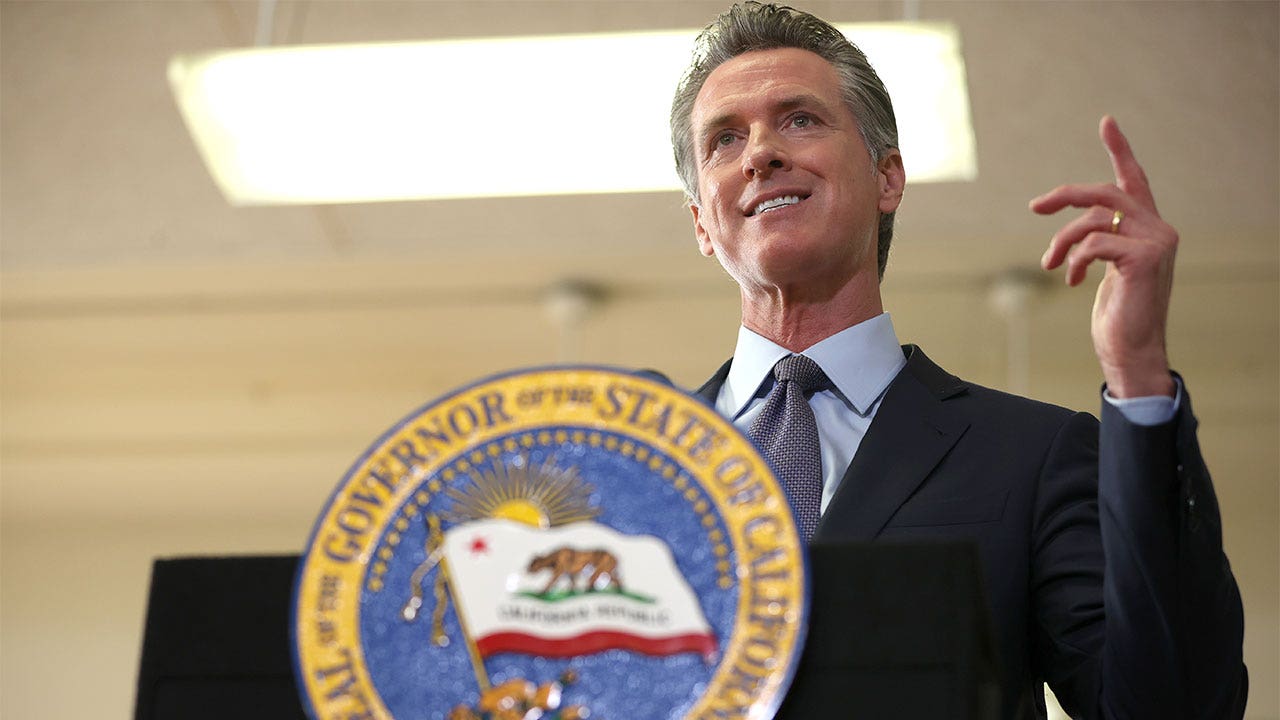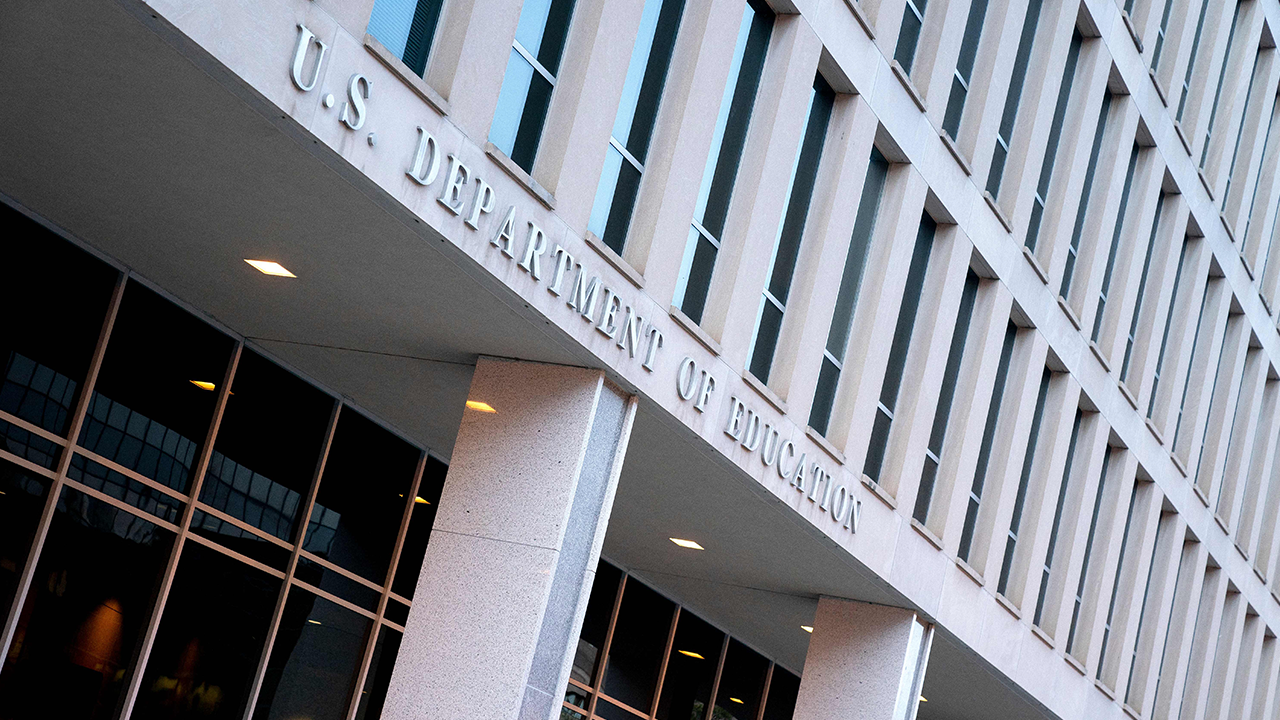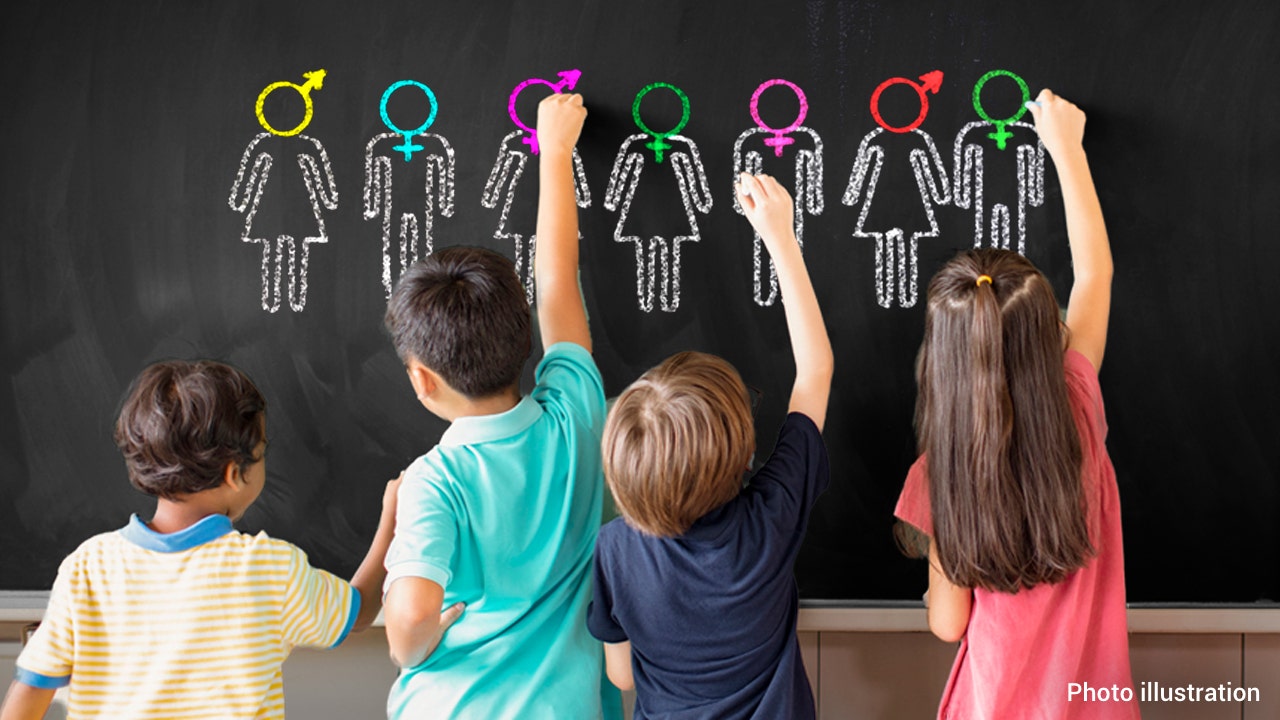CHICAGO – It seems these days that everybody from armchair pundits to ivory-tower intellectuals has an opinion on policing, and this was especially true during the aftermath of George Floyd’s death. F**k the police. Defund the police. Qualified immunity. Disband police unions. And on. These critics certainly have a right to their opinions and there may be a valid point to be found here or there. What weight, however, do these opinions carry if most, if not all, of these critics have never walked the beat, especially on the chicago” target=”_blank”>South Side< can erupt from the shadows at any given moment?
To give Americaa> a raw look into the complex realities that go into policing these streets, Pastor Brooks invited Officer Tracy Quarles to the roof on the 71st day of his <a href="https:to build a much-needed community center. Quarles recently retired with the rank of sergeant after serving the Chicago Police Department for 25 years.
“With all this violence that’s going on in Chicago, people around the country want to know how is it serving as a police officer in Chicago?” the pastor asked.
“It’s tough and fun, bittersweet, all together,” Quarles answered.
“Is it a highly stressful job?”
“Yes. I worked in high crime-ridden areas my entire 25 years on the streets,” Quarles said. “But I also came from the streets. When I say I came from the streets, I grew up on the West Side of Chicago. At the age of 10, my mother, we found ourselves in Cabrini–Green on the 16th floor.”
ELI STEELE: 17-YEAR-OLD REJECTS ALL THINGS WOKE FOR THE HERO’S PATH
Before the last of the mid to high-rise apartment buildings were torn down in 2011, Cabrini-Green homes was one of the largest public housing projects in America. Many Americans may remember Cabrini-Green from the opening credits of the television show, “Good Times.”
“There’s some police who take the hands-off approach, and there’s others like you who had a hands-on approach,” the pastor said. ‘Can you tell us, why did you have such a hand-on approach with criminals in this area?”
“Because they were my brothers and sisters at the end of the day. A criminal would help you, I found out, in a tough situation. And they would hurt you, too. But these are people who look like me, walk like me, talk like me,” Quarles said. “As a matter of fact, when I first got assigned over here, they told me you was in a gang.”
“I remember that,” the pastor said.
“I called some of the old heads that I knew, some of the leaders, ’Hey, is his name on the roll?’”
“I remember that.”
“Then I came and I asked you.”
“Yeah, you came and talked to me.”
“We dispelled that. But you saw how it was.”
“Absolutely.”
WATCH HERE:
 Video
Video
“I would just get close to people enough be comfortable to understand what’s driving them to want to do a certain thing, and (see) if I could redirect them,” Quarles said. “You know I’ve redirected a lot of folks right to your door.”
“Absolutely, you brought a lot of kids to the school. You redirected a lot of guys who even now work for us,” the pastor said. “I want to ask you this question about the violence: what do you think is driving it here in the city? Why is it so bad?”
“I think younger people are experimenting at an alarming rate with substance abuse, specifically, different kinds of pills and these gummy bears, and, of course, this new type of weed they got out.” Quarles answered. “They’re making awful decisions, especially when they get their hands on guns.”
“I heard one statistic that said half of the boys between the ages of 15 to 25 are carrying weapons,” the pastor added.
“It’s probably higher,” Quarles said.
ROOFTOP REVELATIONS: POLITICS CANNOT UPLIFT A COMMUNITY. BUT FAITH CAN
“We’re not talking about Second Amendment. We’re not talking about people who have a legal right to have a gun. We have no problem with that,” the pastor said. “We’re talking about these individuals who have illegal guns…using them for criminal activity on one another and making it bad for police as well.”
“They’re not concerned about gun laws, the legality, the illegality of guns, concealed and carried. They just know that to move around, they need a gun. Or to survive, they need a gun,” Quarles said. “Because the gangs are in so many factions now, their movement is limited. Many of these young men can’t even come off of 64th and Eberhart over to King Drive, which is about two blocks.”
“Can’t go two blocks,” the pastor said.
“If you go to the gas station, you’ll see the gas station selling t-shirts and underwear and gym shoes.”
“Because they can’t go to the stores.”
“They can’t get out, and take the chance.”
“It’s almost like a prison. It’s horrible,” the pastor said.
“Gangs back then, there was some structure,” Quarles continued. “I don’t advocate gangs or gang membership or gang leadership. But I do believe that if some of the gang leaders was let out, back to the streets, prefaced with, they would be tasked with getting their organizations back together. For instance, let’s use the Black Gangster Disciples, which was a gang, which broke up to the BDs (Black Disciples) and GDs (Gangster Disciples) now. After Larry Hoover got locked up, King Shorty, King David were two on the streets. A rift came, one took the BDs. One took the GDs.”
In the mid-1990s, the Chicago Police Department launched Operation Headache and other efforts which lead to the imprisonment of the top gang bosses. The number of murders dipped below 500 in 2004 and remained there for several years. Then the violence escalated to new heights.
Cutting the head off the snake had not killed the still withering body. Over the years, the main gangs splintered into smaller offshoots, many of them even more power hungry and violent than their elders. Superintendent David Brown of the Chicago Police Department reported there were 117,000 gang members in 55 gangs. Those 55 gangs were broken into 747 factions, which was broken down further into 2,500 subsets.
CLICK HERE TO GET THE FOX NEWS APP
In this new era, the junior gangsters tossed aside the old rules that required them to obtain permission from the elders before settling disagreements with gunfire. It was this present day anarchy that left Quarles looking at unorthodox ideas as possible solutions.
“If (the old gangs) got back together and stopped killing one another that would be phenomenal,” Quarles added.
“Especially we could get them to do something purposeful,” the pastor cautioned.
“Let’s be purposeful in helping them redirect their lives,” Quarles agreed. “Not only would you have to let the leaders out to deal with their members out here, you’d have to relax the RICO law. Many of the (gang) leaders I know here in the city right now, they’re scared to do anything streetwise because they don’t want to get tagged with being a gang leader under the RICO act.
“And that’s a lifetime in prison,” the pastor added.
“They can bring structure back, but they risk it if they get labeled as the leader of the gang,” Quarles said.
“Absolutely,” the pastor agreed. “Let me ask this last question. There’s a lot of debate, a lot of discussion around should we bring in the feds or should we not bring the feds? Should we bring in the National Guard or not bring the National Guard?”
“We pay taxes,” Quarles said. “I would love to see the National Guard. The feds are already here. They’re doing a wonderful job, but we need the protection of our armed forces in Chicago. It’s something I’ve never seen. And I don’t see it getting any better. So as a support role, being visible, letting people know, the good and bad people know, that we are here, we’re here to make you feel safe. I welcome them.”
Follow along as Fox News checks in Pastor Corey Brooks each day with a new digital-originals.
For more information, please visit Project H.O.O.D.
Eli Steele is a documentary filmmaker and writer. His latest film is “What Killed Michael Brown?” Twitter: @Hebro_Steele.
Camera by Terrell Allen.








